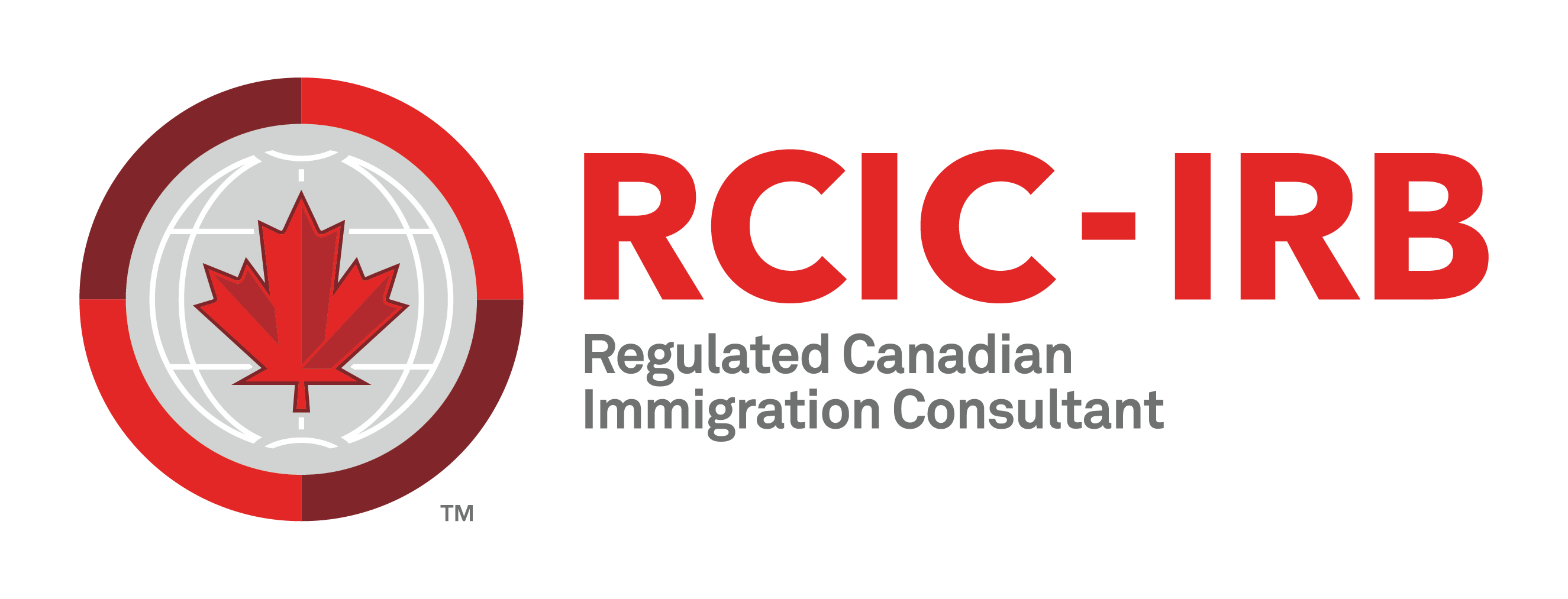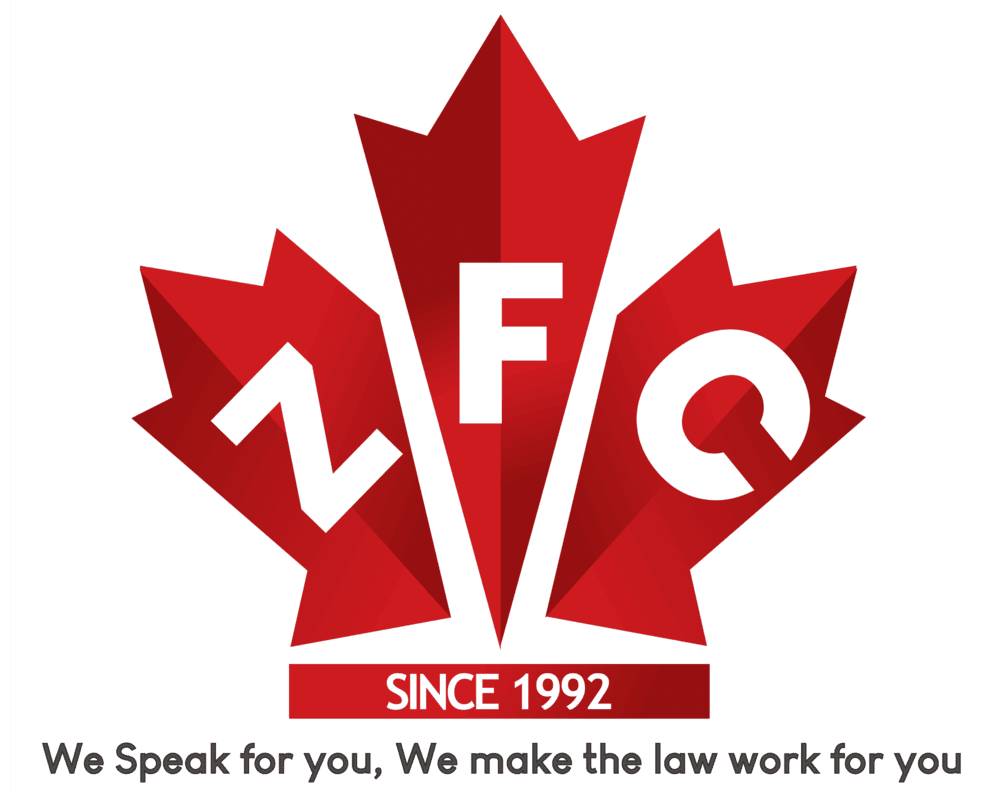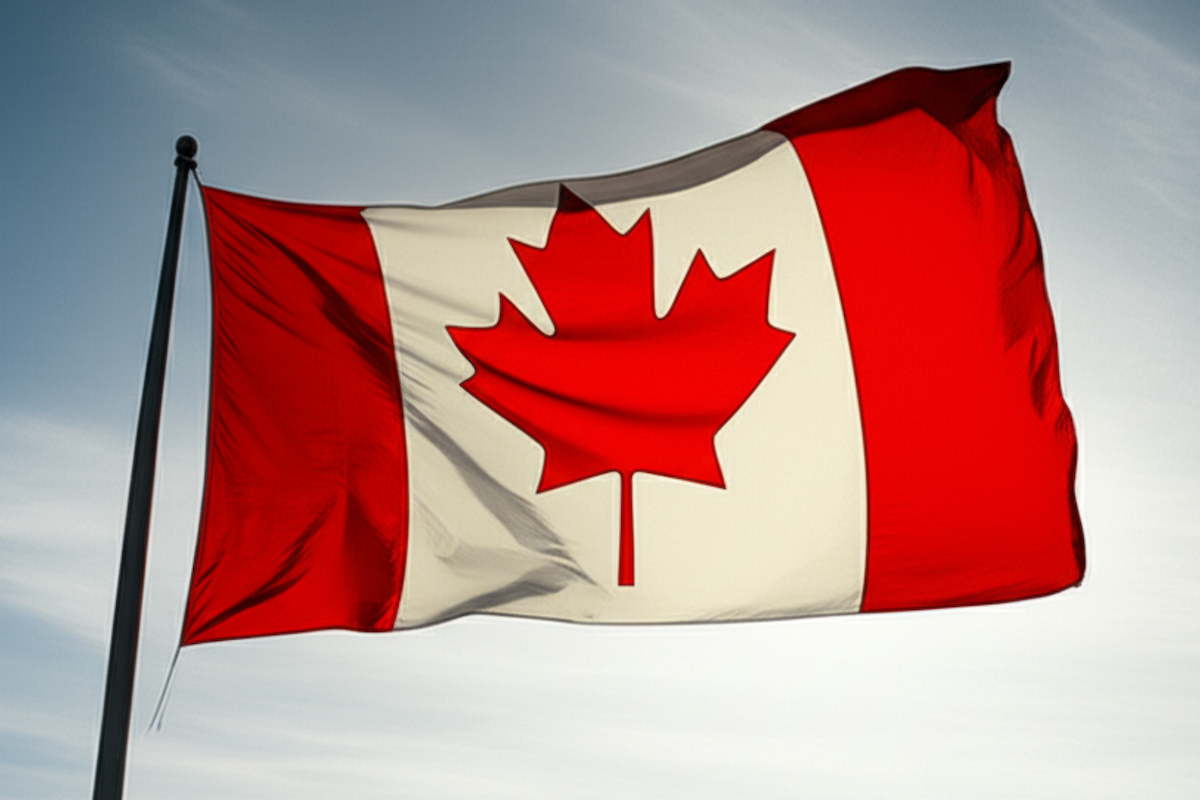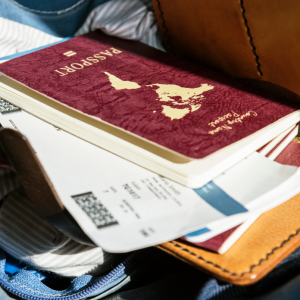Last Updated On 13 June 2025, 2:19 PM EDT (Toronto Time)
Canada has extended its groundbreaking Economic Mobility Pathways Pilot (EMPP) until December 31, 2025 in a bold move to address labour shortages.
This innovative program offers a legal pathway to permanent residency for skilled refugees and displaced individuals while filling critical gaps in Canada’s workforce.
From nurses to construction workers, these newcomers are powering industries and building vibrant lives across the country.
But what makes this pilot so revolutionary, and why is it grabbing global attention?
Table of Contents
The EMPP is Canada’s first-of-its-kind complementary pathway for refugee labour mobility, blending humanitarian goals with economic strategy.
Unlike traditional refugee resettlement programs, which focus on protection, the EMPP targets skilled refugees and displaced individuals whose talents align with Canada’s labour market needs.
Launched in 2019, this economic immigration pathway recognizes the untapped potential of refugees, not just as people in need, but as valuable contributors with skills, qualifications, and ambition.
Since its start, the EMPP has welcomed 970 individuals to Canada by March 2025, filling roles in high-demand sectors like health care (over 30% of admissions), construction, and food service.
These aren’t just jobs—they’re lifelines, offering refugees a chance to rebuild their lives while addressing Canada’s labour shortages.
The program’s federal stream, now extended through 2025, sets an annual cap of 950 applications for its job offer stream, ensuring a steady flow of talent to industries crying out for workers.
Canada’s economy is robust, but labour shortages are a persistent headache.
From hospitals short on nurses to construction sites needing skilled tradespeople, employers are struggling to fill roles.
The EMPP steps in as a win-win solution: it connects Canadian businesses with skilled refugees who are eager to contribute while giving newcomers a path to permanent residency and stability.
Take health care, for example.
With over 30% of EMPP participants working in this sector, refugees are helping to ease the strain on Canada’s overstretched medical system.
Imagine a displaced nurse from Syria now saving lives in a Toronto hospital or a carpenter from Afghanistan building homes in Vancouver.
These stories aren’t just heartwarming; they’re proof that the EMPP is reshaping Canada’s workforce for the better.
The program also aligns with Canada’s broader immigration goals.
By welcoming skilled refugees, the government is boosting economic growth, filling labour gaps, and fostering diverse, thriving communities.
It’s a model other countries are eyeing as they grapple with similar challenges, making Canada a trailblazer in global refugee policy.
The EMPP stands out for its focus on “complementary pathways”—safe, legal routes for refugees and displaced people outside traditional resettlement programs.
Here’s how it works: refugees with skills or qualifications that match Canada’s labour needs can apply for permanent residence through various programs under EMPP:
It includes a:
- Job Offer stream
- No Job Offer stream (150 applications per year)
- You need to meet the work experience, education and language requirements.
Employers, desperate for workers in critical sectors, partner with the government to hire these candidates, who often bring unique experiences and resilience to the table.
The process is rigorous but rewarding.
Candidates must meet immigration requirements, including security and health checks, while employers commit to providing stable jobs.
Once approved, refugees gain permanent residence, allowing them to settle, work, and contribute long-term.
The 2025 extension ensures this pathway remains open, with a cap of 950 applications to keep the program manageable while maximizing impact.
Since 2019, the EMPP has transformed the lives of 970 refugees and displaced individuals.
These aren’t just numbers but the stories of hope and opportunity.
A doctor fleeing conflict in Sudan might now be practicing medicine in Calgary.
A chef displaced from Ukraine could be running a kitchen in Montreal.
These newcomers aren’t just filling jobs; they’re building futures, supporting families, and enriching communities.
Health care, construction, and food service have been the biggest beneficiaries.
Over 30% of EMPP participants work in health care, addressing critical shortages in hospitals and clinics.
Construction workers are helping build Canada’s infrastructure, from homes to highways, while food service professionals keep restaurants and catering businesses humming.
Each hire strengthens Canada’s economy while giving refugees a chance to thrive.
Extending the EMPP’s federal stream to December 31, 2025, is a big deal.
It signals Canada’s commitment to refugees and employers alike, ensuring the program can continue its transformative work.
The 950-application cap for the job offer stream strikes a balance: it’s enough to make a dent in labour shortages without overwhelming the system.
For employers in essential sectors like health care, this extension is a lifeline, offering access to skilled workers at a time when demand is sky-high.
For refugees, the extension means more opportunities to escape danger, rebuild their lives, and contribute to a welcoming nation.
It’s a rare chance to turn tragedy into triumph, with Canada leading the way in showing how immigration can solve economic and humanitarian challenges at once.
The Global Context: Canada’s Leadership in Refugee Program
Canada has long been a beacon for refugees.
In 2024 alone, it resettled over 70,000 refugees through various programs, earning praise from the United Nations.
The EMPP takes this legacy to the next level by blending compassion with pragmatism.
While traditional resettlement focuses on safety, the EMPP adds an economic twist, recognizing refugees as assets who can drive growth.
This approach is catching global attention.
Countries like Australia and Germany are exploring similar programs, inspired by Canada’s success.
The EMPP’s focus on labour mobility sets it apart, offering a model for nations facing aging populations and shrinking workforces.
No program is without hurdles.
The EMPP’s application process can be daunting, requiring refugees to navigate complex immigration rules while securing job offers from Canadian employers.
Language barriers, credential recognition, and cultural adjustments can also pose challenges for newcomers.
There’s also the question of scalability.
While 970 admissions since 2019 are impressive, it’s a drop in the bucket compared to Canada’s workforce demands.
Employers in rural areas, where labour shortages are often the most severe, may struggle to connect with EMPP candidates, who tend to settle in urban hubs like Toronto and Vancouver.
Expanding the program’s reach and streamlining applications could amplify its impact.
The EMPP isn’t just about filling jobs—it’s about building a stronger, more inclusive Canada.
For refugees, the stakes are even higher.
Permanent residence offers stability, safety, and a chance to belong.
It’s a lifeline for those fleeing war, persecution, or economic collapse, and a reminder of Canada’s commitment to compassion.
The extension to December 31, 2025, buys time to refine and expand the EMPP.
Immigration, Refugees and Citizenship Canada (IRCC) is already exploring ways to streamline applications and connect more employers with candidates.
There’s talk of increasing the application cap or adding new sectors, like tech and manufacturing, to the program’s scope.
Partnerships with provinces and businesses could also help spread the program’s benefits to rural areas.
Globally, the EMPP’s success could inspire other nations to adopt similar models, creating a ripple effect of opportunity for refugees.
As the country heads into the G7 summit in June 2025, expect the EMPP to be a talking point, showcasing how humanitarian and economic goals can align.
The EMPP isn’t just a policy—it’s a story of hope, resilience, and progress.
For Canadians, it means stronger hospitals, bustling construction sites, and thriving communities.
For refugees, it’s a chance to escape danger and build a future.
And for the world, it’s proof that compassion and economics can go hand in hand.
As Canada doubles down on this visionary program, the question isn’t just who’s next—it’s how big this revolution can grow.
You may also like: New Canada Workers Benefit Payment Increase Effective July 2025
New GST Payment Increase In Canada Effective July 2025
New Ontario Trillium Benefit Payment to Be Sent on June 10
3 New CRA Benefit Payments for Ontario Residents in June 2025











Leave A Comment
You must be <a href="https://zfcanada.com/wp-login.php?redirect_to=https%3A%2F%2Fzfcanada.com%2F2025%2F06%2F13%2Fcanada-extends-economic-mobility-pathways-pilot-until-december-2025%2F">logged in</a> to post a comment.